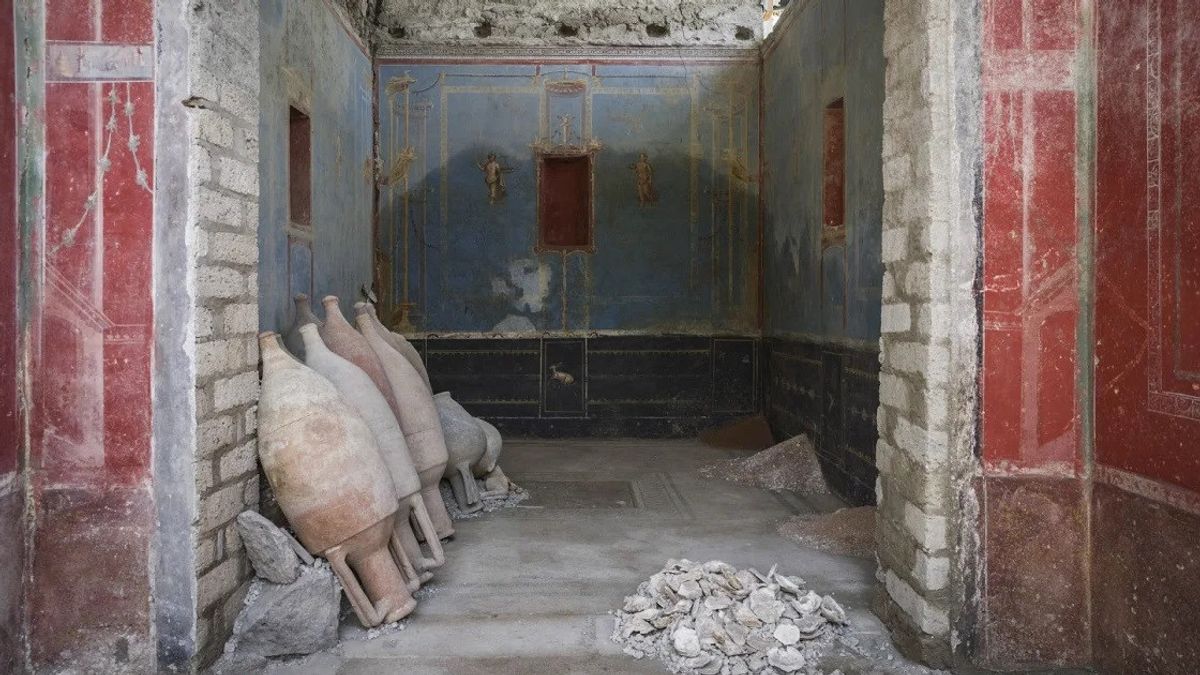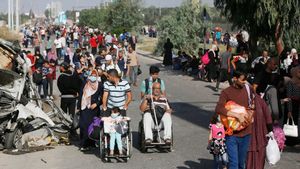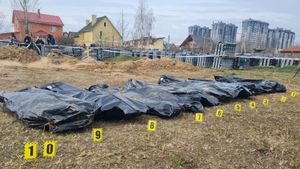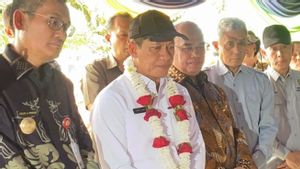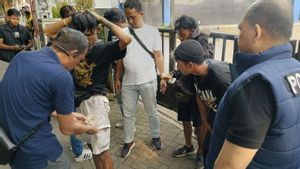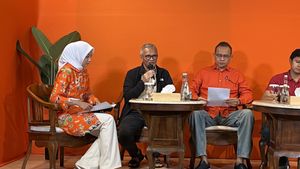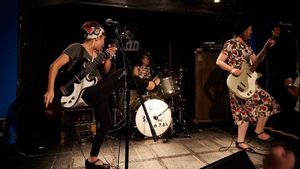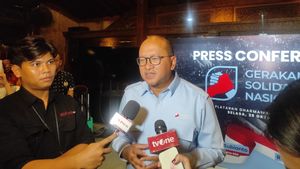JAKARTA - The team of archaeologists managed to find a complicated blue room, interpreted as an ancient Roman temple known as the charrarium, during a recent excavation in the center of the City of Pompeii in Italy.
Italian Culture Minister Gennaro Sangiuliano, who visited the site last month, described the ancient city as a "treasure chest that has yet to be explored," reported by CNN July 1.
The blue color found in this new discovery is rare, with the ministry of culture underlining the color generally associated with a very important environment on a decorative basis.
In-depth analysis finds, such spaces can be interpreted as sacrarium or spaces dedicated to ritual activities and conservation of sacred objects.
The wall of the room features female figures who are said to describe four seasons a year, as well as agricultural and grazing allegories.
The new discovery took place in the middle of excavations in the Regio IX area in the center of Pompeii, the residential area which is currently one of the most active excavation sites for new findings.
The excavation is part of a wider project to secure the boundaries between the excavated area and those not excavated in the archaeological park, which currently has more than 13,000 excavated rooms.
The project aims to improve the structure of the area, making it "the protection of Pompeii's legacy that is broad, more effective and sustainable," the ministry of culture said.
Other recent findings in the area include furniture belonging to a house, bronze equipment containing two jugs and two lights, building materials used in renovations, and elephant shells that have been eaten.
SEE ALSO:
Last week, archaeologists at Pompeii reported that they had found a sketch of children depicting violent scenes oftenders and hunters fighting animals.
The images, thought to have been made by children between the ages of five and seven before MountATAN erupted in 79 AD, were found on the back wall of the archaeological park settlement sector.
The images show that even children in ancient times experienced extreme violence.
The English, Chinese, Japanese, Arabic, and French versions are automatically generated by the AI. So there may still be inaccuracies in translating, please always see Indonesian as our main language. (system supported by DigitalSiber.id)
